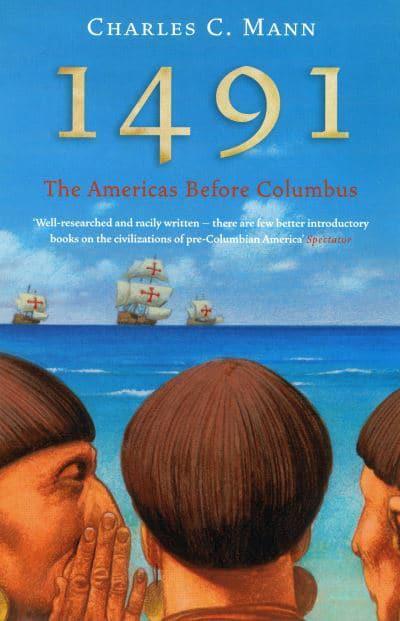
During a debate between 12 Catholic monks and 12 Mexica (Aztec) priests:.Although he recognizes the social roles of religion, he seems to have a hard time accepting that people actually believe their own religion. Mann doesn’t understand religious people. As evidence for this claim, Mann cites an author whose most well-known book is about ancient aliens in West Africa. We have records of it in Britain by the 600s. The moldboard plow wasn’t used in Europe until the Enlightenment.Īt the very latest, this idea became common in Europe when Fibonacci introduced Arabic numerals to Europe in 1202. The concept of zero, that nothingness is a number, confused Europe until the Renaissance.Wet rice & carp seems like a better candidate for longest cultivated field. Mann doesn’t provide evidence that any particular field has been cultivated for this long. The milpa, a field of corn, beans, squash, etc planted together, is the only farming system where the same field can be cultivated for thousands of years.Here are a few of those claims that I either recognized immediately as false or I was suspicious of and looked for alternative sources:

That’s middle school science.Īlthough Mann has talked with many experts in the history of the Americas, his knowledge of history elsewhere is lacking. Like minute scouts inspecting potential battle zones, leukocytes constantly scan cell walls for little bits of stuff … that doesn’t belong. All emphasis is mine.Īn inconsequential, but terrible error. I’ll start with the stuff I didn’t like, and end with the stuff that I did. So very little.įigure 1: The inside front cover of 1491, showing the extent to which humans had influenced the environment in the Americas before Columbus. Prerequisites: Pre-Columbian history as taught by grade schools in the US. It is obvious to me, from reading it, that the author is not and never has been a scientist. I just wish that the book had been written by one of the scientists, instead of a professional popular science writer. The new understanding of the Americas is really cool. Part III argues that they had a much larger impact on the environment than you think. Part II argues that they got here much earlier than you think.

Part I argues that there were many more people here than you think.

1491 is a summary of recent changes in (scholarly) understanding of the peoples in the Americas immediately before Columbus.


 0 kommentar(er)
0 kommentar(er)
